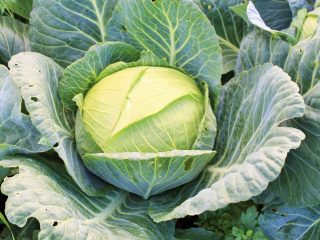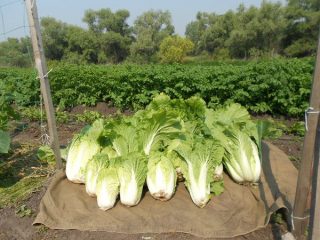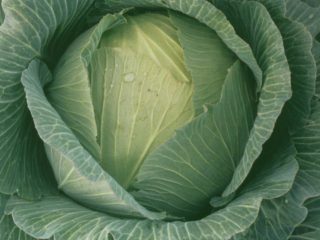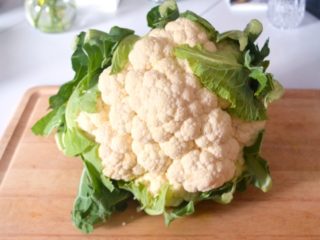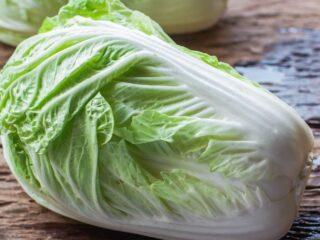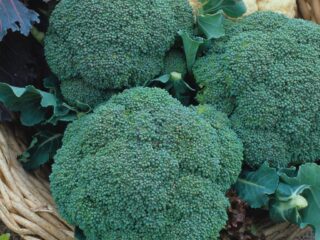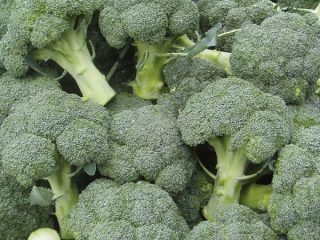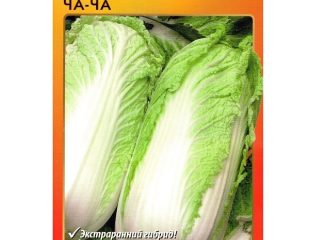Content
The best cabbage varieties for the Urals are distinguished by relatively short ripening periods, resistance to drought, temperature changes and common diseases. The most popular varieties, their pros and cons are described in this material.
Climatic features of the region
The Ural region has a summer that is not too long and not always predictable. As a rule, during the warm season the weather here is dry, so all plants need additional moisture. There are several climatic features of the area that need to be taken into account when growing different varieties of cabbage and other crops:
- cool spring - sometimes frosts are observed even in May, so seedlings are usually planted in the middle of the month;
- dry summer - in the Western Urals and in the Cis-Urals there is a little more precipitation, and in the south a little less, but in any case it is not enough;
- short-term temperature drops of up to 5-7 degrees are possible even in June and August;
- The first frosts may occur as early as September.
How to choose a variety
When choosing a cabbage variety that can be grown in the Urals, you should consider several important tips:
- If possible, it is better to consider those varieties that ripen in 110-130 days, i.e. early and middle;
- disease-resistant hybrids should be considered;
- it would be good if the description of the variety noted such a feature as a pronounced waxy coating, since it protects against temperature changes;
- Finally, it is advisable to consider general characteristics - yield, taste, shelf life and transportability.
The best varieties of white cabbage for the Urals for open ground
There are quite a few varieties of cabbage that can be cultivated in the Urals. Among them, the majority of hybrids are resistant not only to short-term cold snaps and drought, but also to many common diseases.
Turkiz
The Turkiz variety can be grown in the Urals and neighboring regions. Produces plants with strong shoots and a developed root system. The ripening period is late - about 150-160 days. The color of the leaves is dark green, the shape of the head of cabbage is round, with flattening.
The pulp is quite juicy and at the same time tasty. The forks do not crack, are well stored, and are suitable for transportation over different distances. The average weight is 2-3 kg. Another advantage is excellent taste and resistance to certain diseases, for example, bacteriosis.

Productivity reaches 10 kg per 1 m2
Copenhagen Market
Copenhagen Market is a cabbage variety that is suitable for cultivation in the Urals. The ripening period is average, 110-125 days. The heads of cabbage are large, the flesh is compacted, the leaves are juicy. The shape is round, the color is mainly pale green. The forks do not crack, each weight reaches 5-7 kg. The taste is excellent.
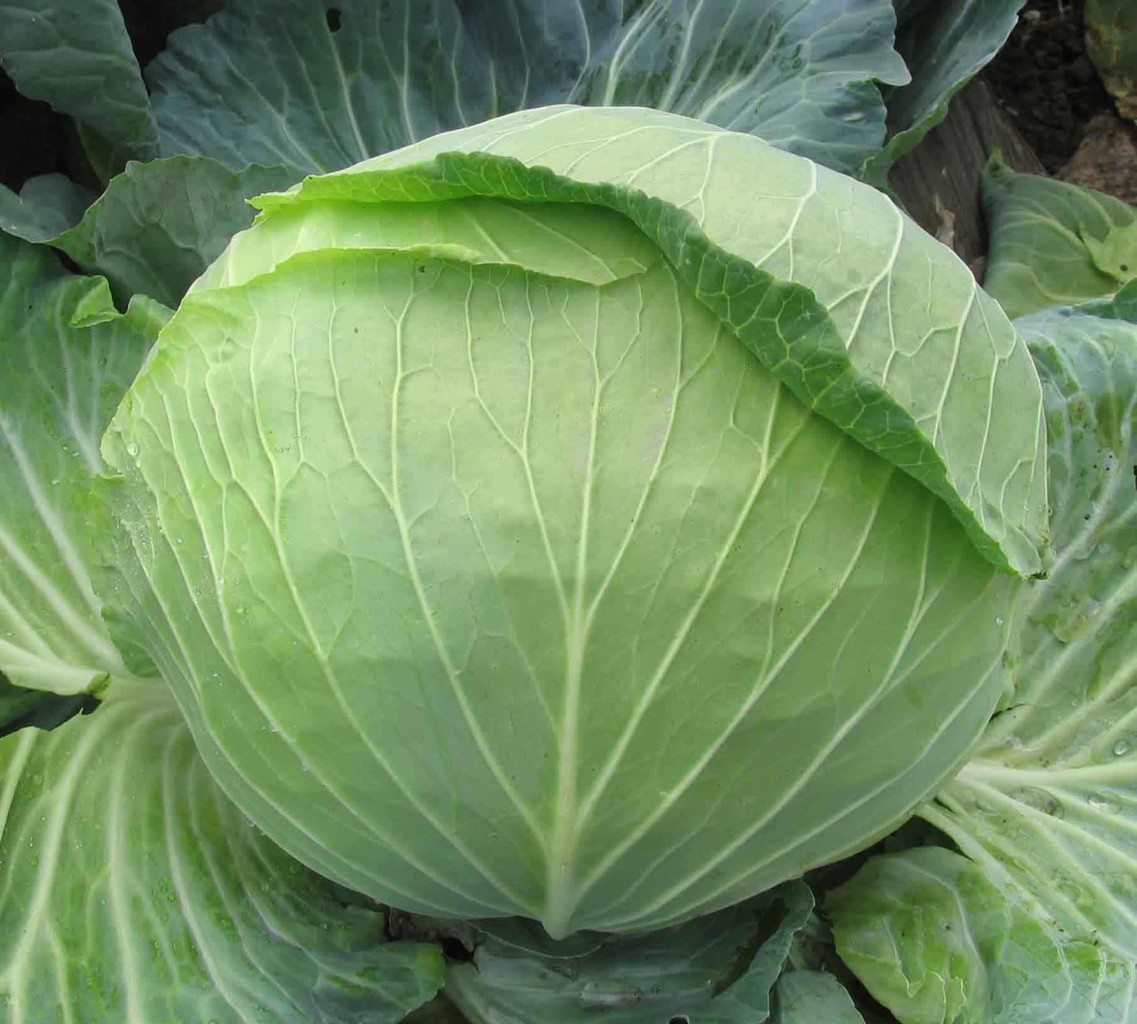
The heads of cabbage are large, suitable for long-term storage
Advice! To get a good harvest of this variety of cabbage, it is important to care for the seedlings. It must be fed 2-3 times and the soil thoroughly loosened.
Foreman F1
Brigadier F1 is a common cabbage variety that can be cultivated in the Urals. Ripens in 110-120 days, belongs to the mid-late varieties. It is resistant to adverse weather conditions and is immune to fusarium.
The foliage color is light green, each of them weighs 4-8 kg. The cut is pure white, the flesh is juicy and tasty. Good for fresh consumption. Can be stored for up to five months.
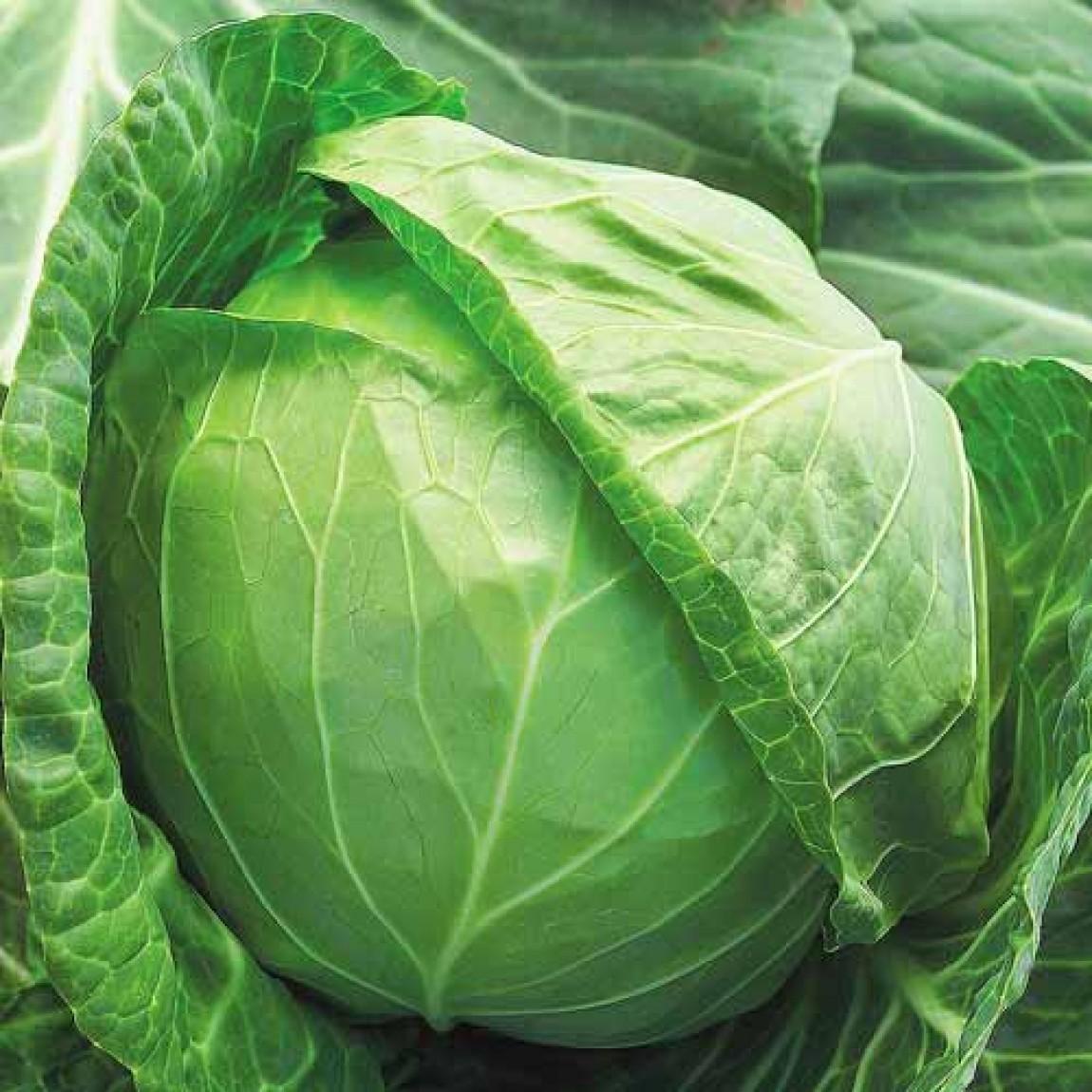
Heads of this variety are optimal for pickling
Krautman F1
Krautman F1 (Krautman) is a hybrid resistant to adverse weather conditions. It can be chosen for cultivation in the Urals. Ripens in 110-120 days. Produces dense heads of cabbage weighing 2-4 kg, some specimens reach up to 7 kg. The taste is very good due to the content of carbohydrates and other nutrients. Shelf life is long - subject to proper conditions until March.

The yield reaches 9 kg per square meter
June
June (June) is a popular variety of early white cabbage for the Urals, belonging to the category of early ripening. Forks are formed within 100-110 days after seedlings emerge. Therefore, the first fruits can be cut already in the second half of June.
The leaf rosettes rise slightly above the ground, are quite compact, up to 50 cm wide. The pulp is medium dense, the heads themselves are round or flattened. The color is light green, white on the cut. The yield rate is quite high, reaching 4-7 kg per square meter.
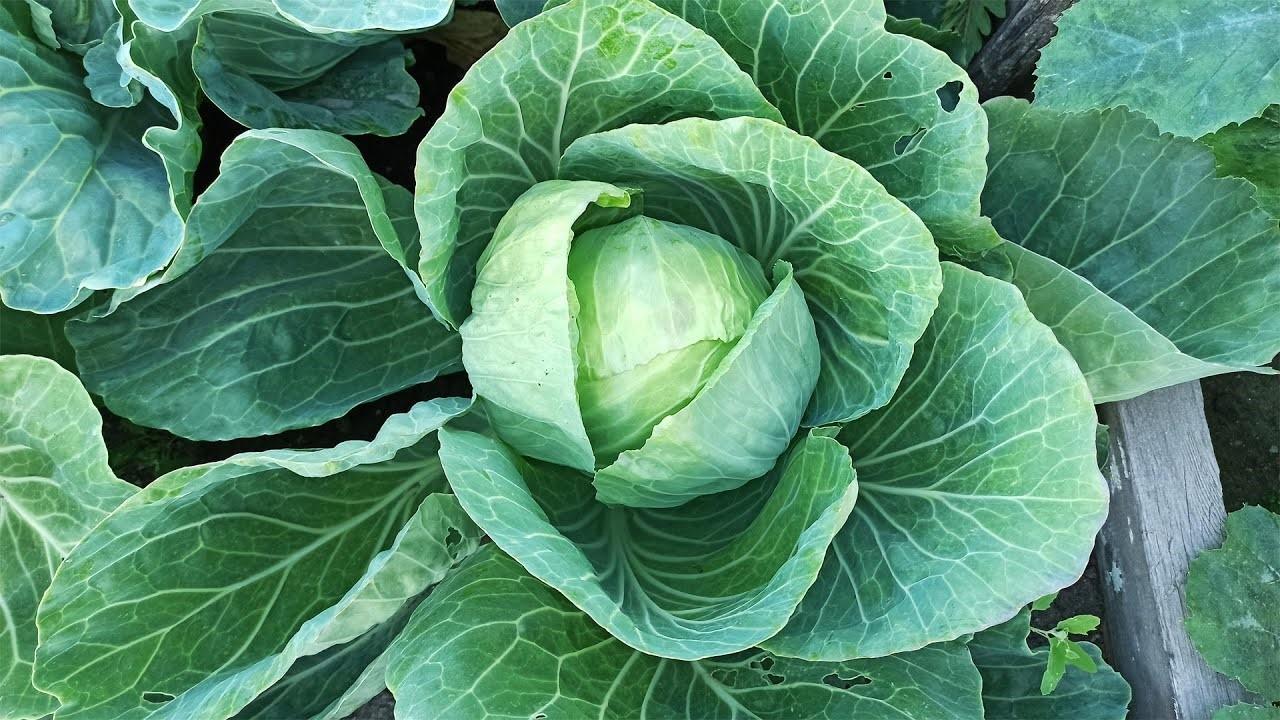
On average, the weight of a head of cabbage reaches 1-2.5 kg
Junior F1
Junior F1 is an early cabbage variety that produces fruit within 100 days. It tolerates temperature changes well, so it is often chosen by summer residents living in the Urals. The seedlings are unpretentious, dense planting is allowed. At the same time, it is important to feed well, otherwise the yield will be low.
The heads of cabbage are of a leveled shape, weighing 2-2.5 kg. They have good taste and are suitable for storage for 3-5 months. As a rule, it is used fresh or for fermentation.
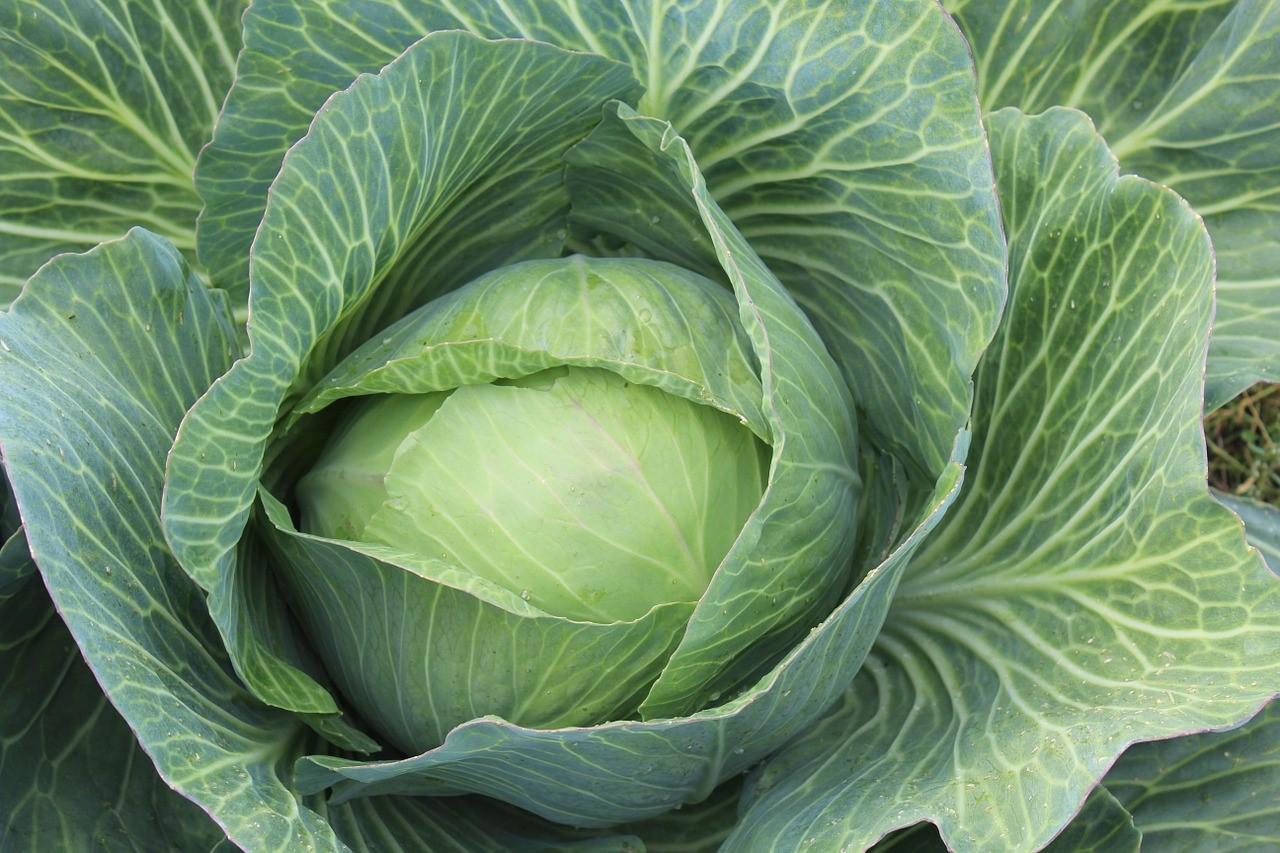
The variety is resistant to fusarium wilt
Transfer F1
Transfer F1 is one of the earliest varieties, starting to yield literally 95 days after seedlings emerge. The leaf rosettes are compact and slightly raised. The waxy coating is moderately pronounced. The forks are small, weighing 1-1.5 kg, some a little less.
The density is medium, the color is light green, the cut is pure white. The inner stalks are short, so overall the yield is quite high (94%). Another plus is that the heads of cabbage ripen together.
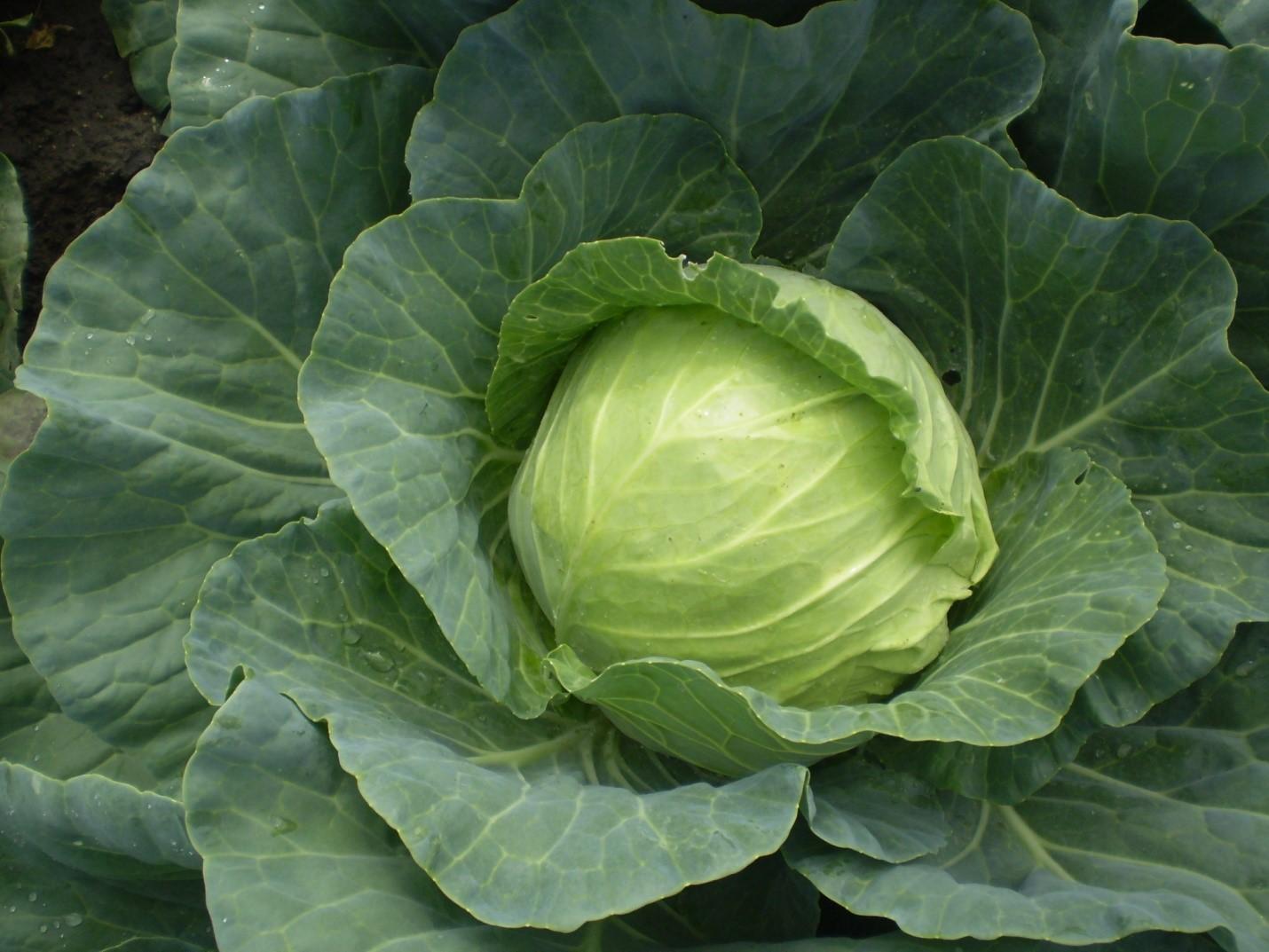
The average yield of this variety reaches 6 kg per square meter
Cossack F1
Cossack F1 (Kazachok) - this cabbage is also well suited for cultivation in the Urals. Ripens quite early - on average 100 days, sometimes a week later. The leaf rosettes are raised, reaching 70 cm in diameter. The foliage is small and round in shape.
The heads of cabbage are also oval, with fairly dense flesh, small in size, weighing about 1 kg. The color is green, while the cut is white, with a yellowish tint.The pulp is juicy and tasty, well suited for fresh consumption.
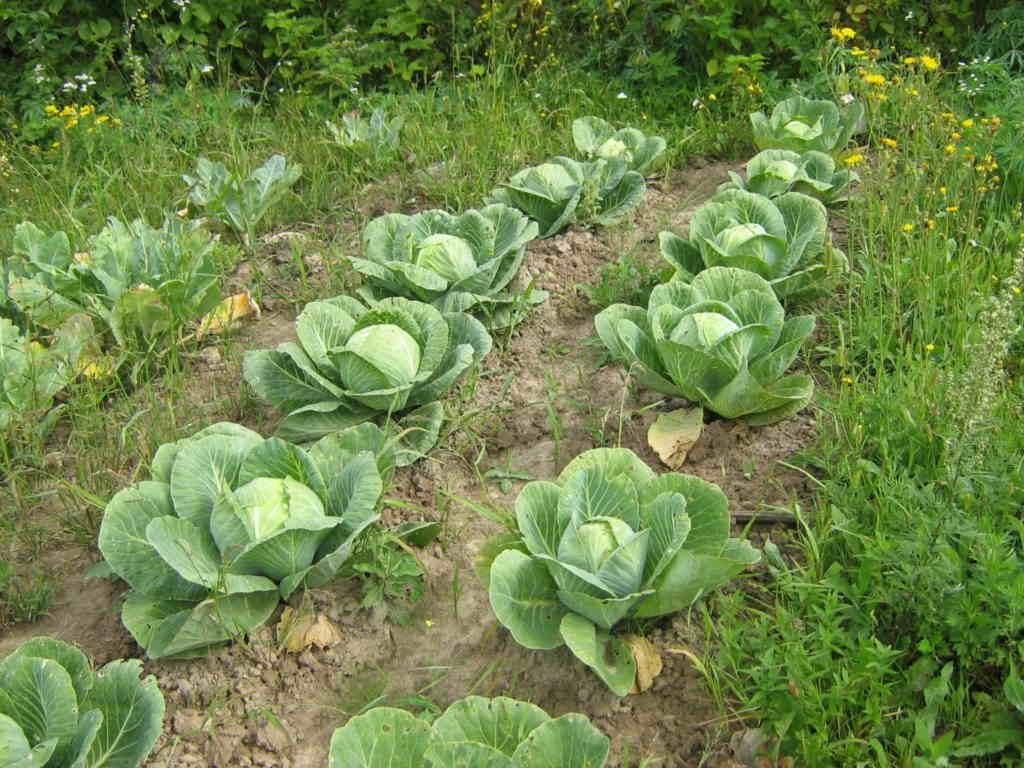
Heads of cabbage may crack, so it is better not to transport them over long distances.
Parel F1
Parel F1 is a well-known variety of white cabbage that ripens in just 60-70 days, sometimes even a little faster. This is a kind of record both for the Urals and for other regions. The heads of cabbage are quite dense and partially covered. The pulp is juicy and tender. The sizes are small, the weight reaches 1-1.2 kg, sometimes up to 2 kg, but no more.
All heads of cabbage are of an even shape and the marketable yield is high. They are lightweight and transportable, and are used for sale. The yield reaches 5-6 kg per square meter.
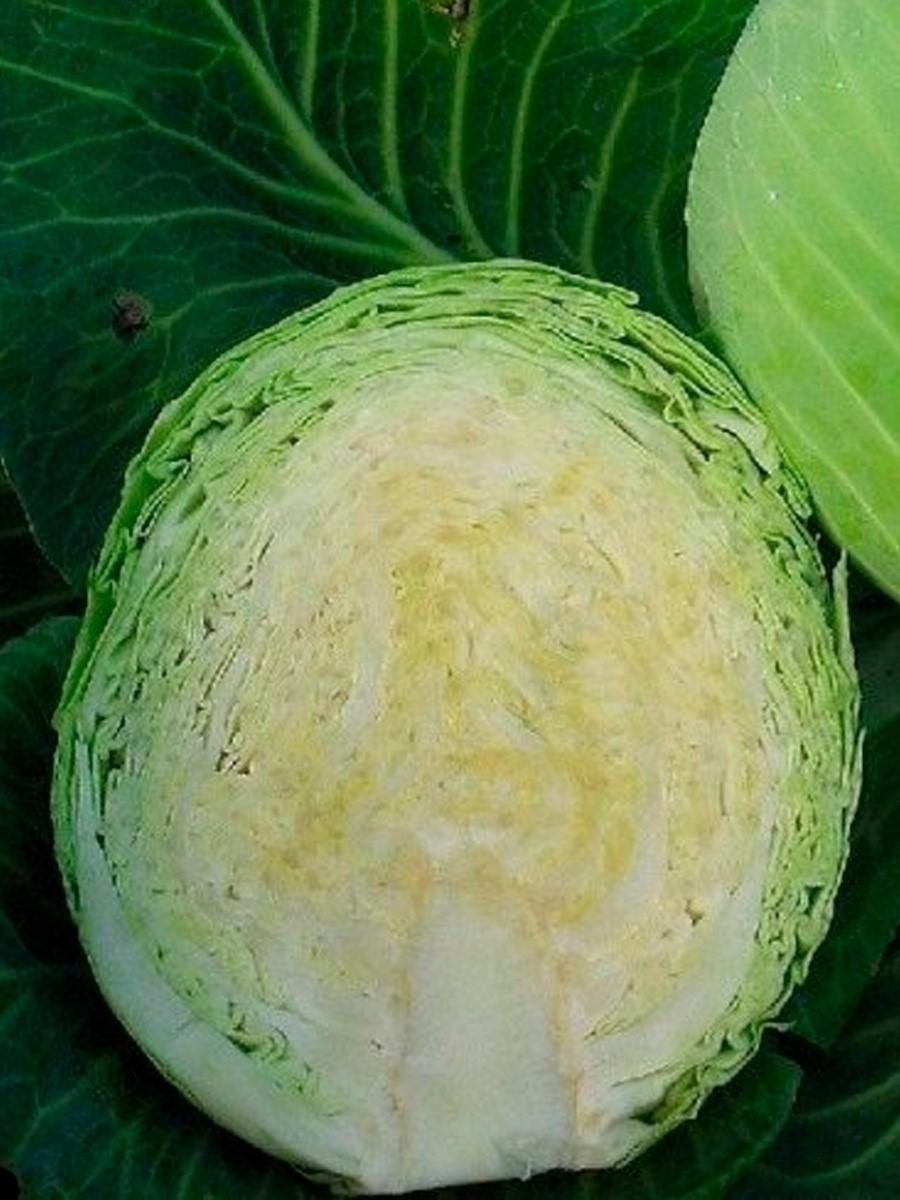
Forks are well suited for fresh consumption, as well as for pickling
Ditmarskaya Early
Dietmar Early is another cabbage variety that is well suited for the Southern Urals and neighboring regions. The name indicates the rapid ripening time - in just 110 days. The forks are small, with an average weight of 1-1.5 kg.
The pulp is dense and quite juicy, round in shape. The leaf color is green, the cut is yellowish-white. The heads of cabbage are aligned, approximately the same. Plants are resistant not only to bad weather, but also to fusarium.
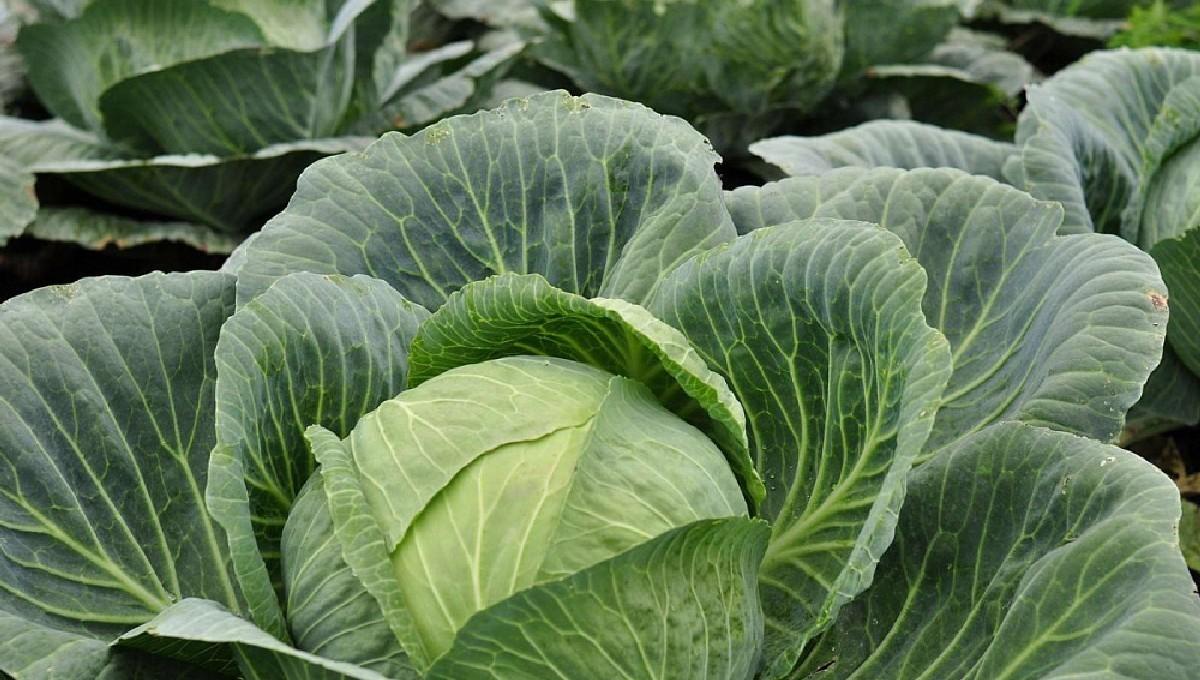
The variety produces a yield of 5-6 kg per 1 m2
Golden hectare
Golden hectare - this variety is also often cultivated in the Urals and neighboring regions. It has good immunity and resistance to cold weather. It ripens in 110 days and quickly yields its harvest. The pulp is moderately dense, and the heads of cabbage do not crack.
On average, their weight reaches 2-3 kg. The shape is round, the color is gray-green, the waxy coating is not pronounced. The surface is quite smooth, the edges are even. The leaf rosettes rise slightly, are quite compact, up to 80 cm in diameter.

The marketable yield of this variety reaches 5-8.5 kg per 1 m2
Dumas F1
Dumas F1 (Dumas F1) - this hybrid has a fast ripening time - only 90-95 days. The cabbage variety is resistant to temperature changes, which is why it has become popular among summer residents living in the Urals. The weight is small, only 1-1.5 kg, sometimes less.
Heads of cabbage are not prone to cracking and are stored for a long time. The shape is leveled, the color is green, the cut has a yellowish tint.
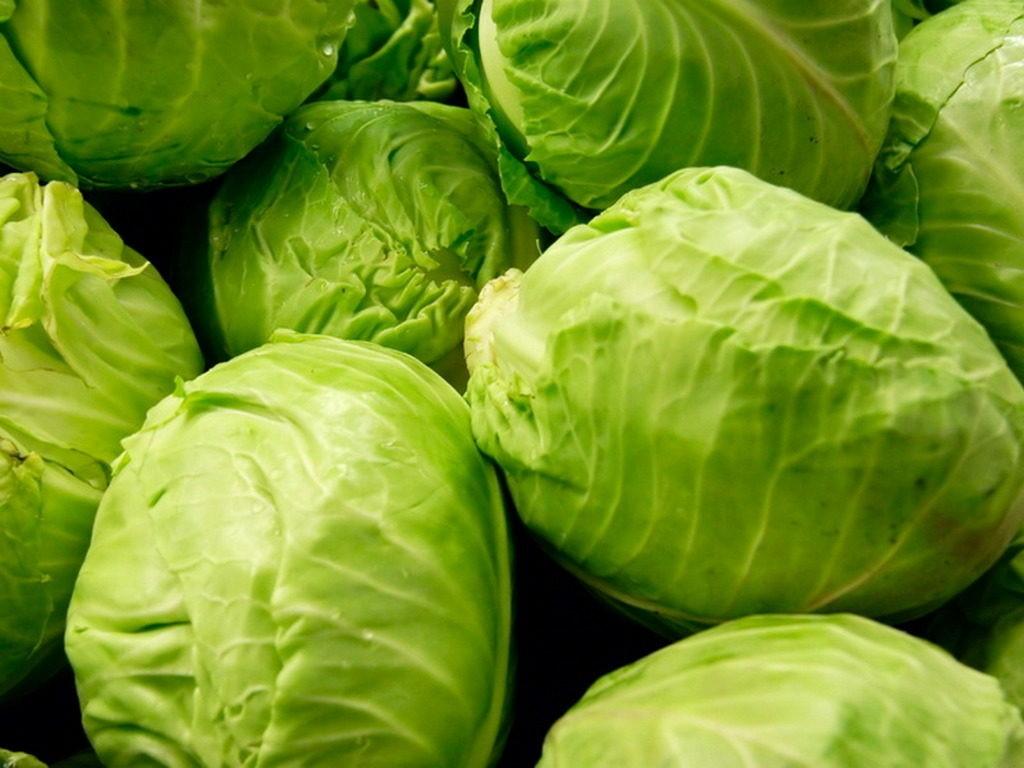
This cabbage is best eaten fresh.
Malachite F1
Malachite F1 is a hybrid that is suitable for cultivation in the Urals. This cabbage variety is an early ripening variety - it produces a harvest within 90-100 days after the formation of seedlings.
The heads of cabbage are not very large, weighing about 2 kg. The pulp is dense, the stalk is small, the taste is very good. The yield reaches 5-6 kg per square meter. The forks do not crack, so they can be transported over long distances. The shape is round, the color is green, the cut is pure white.

The harvest ripens together, with a spread of no more than 10 days
Conclusion
The best cabbage varieties for the Urals are quite suitable for growing in different regions. They produce fairly dense heads of cabbage and foliage with a waxy coating that protects the plants from sudden temperature changes. For successful cultivation, it is recommended to choose several different hybrids, taking into account yield, ripening time and other characteristics.
Reviews of cabbage varieties for the Urals
